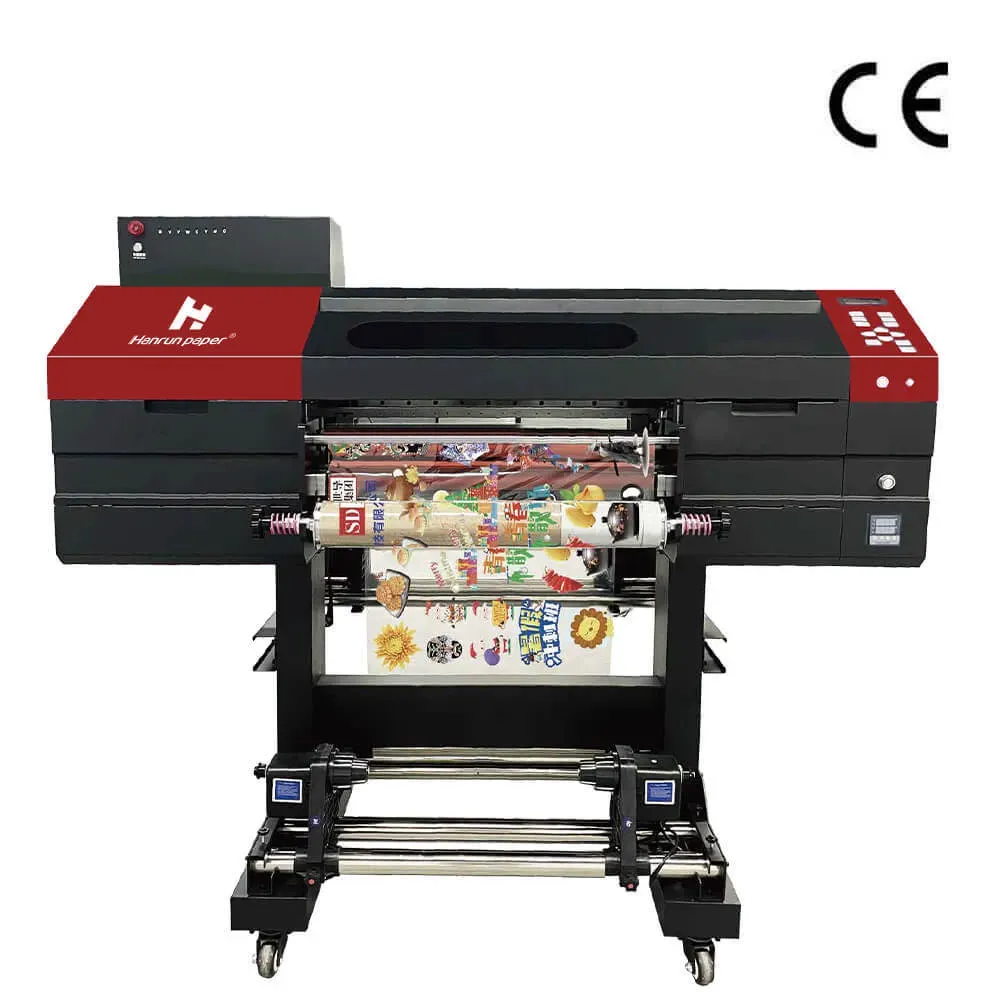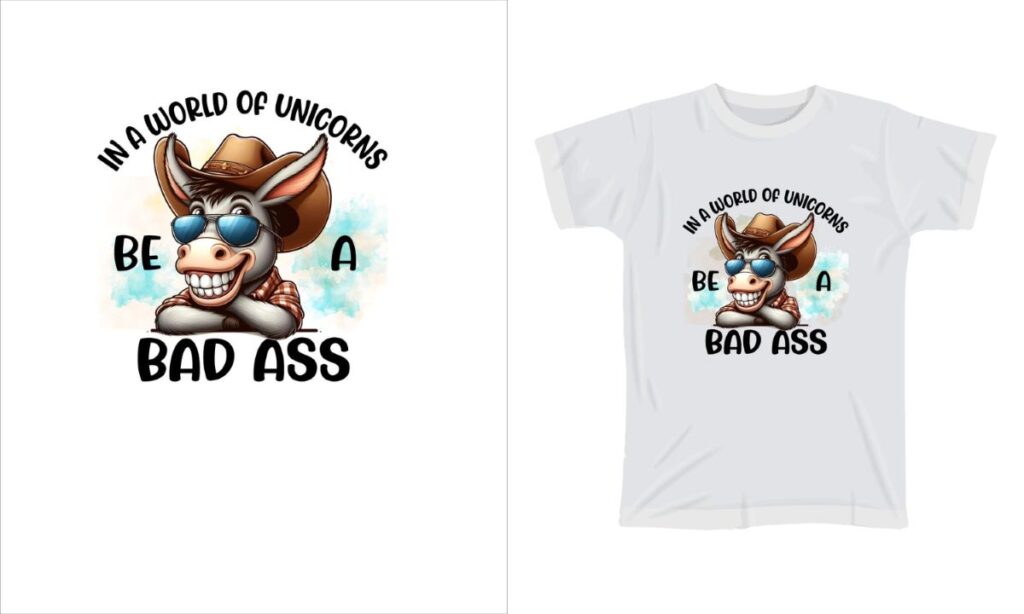UV DTF printing has emerged as a game-changer for small print shops seeking faster production and bolder colors. This approach brings vibrant output and on-demand capability, aligned with DTF printing for small businesses. In this article, UV DTF case studies show how lean operations boost margins and deliver reliable results. Following direct-to-film printing best practices helps reduce setup time and waste while preserving color integrity. This combination of workflows and substrate options explains why this technology is a practical choice for expanding product lines.
An alternative framing for this technology is UV-curable film transfers, where graphics are bound to textiles through ultraviolet-cured inks. This print-on-film approach emphasizes adhesion, substrate handling, and durable finishes, aligning with broader transfer workflows. For small shops, the emphasis shifts to efficient prepress, scalable templates, and rapid proofing to support on-demand production.
1. UV DTF Printing Fundamentals for Small Print Shops
UV DTF printing represents a shift in how small shops approach product diversification, enabling on-demand production with vivid color, white ink capabilities, and faster turnaround. This technology makes it feasible to add short runs of apparel, home goods, and promotional items without the high setup costs associated with traditional methods, aligning well with the goals of DTF printing for small businesses.
For small print shops, understanding the core benefits—color vibrancy, limited setup, and substrate flexibility—helps justify equipment investment. It also underscores the importance of robust prepress practices, accurate color management, and a disciplined finishing workflow to maximize the value of UV DTF printing within daily operations.
2. UV DTF Case Studies: Small Print Shop Success Stories
This section highlights real-world cases where UV DTF printing unlocked new revenue streams and improved margins. Moonbeam Prints, Harbor Lane Apparel, Prairie City Decor, and Summit Signage & Print illustrate how small operations leveraged UV DTF to shorten lead times, test designs with minimal risk, and expand beyond apparel while maintaining high quality.
These UV DTF case studies emphasize common success drivers: practical prepress discipline, substrate testing, and a workflow designed for quick proofs and fast finishes. Collectively, they contribute to a broader narrative of small print shop success stories that demonstrate scalable growth without overextending resources.
3. White Ink Mastery and Substrate Compatibility in UV DTF
Mastery of white ink on various fabrics is a recurring theme in UV DTF adoption. Harbor Lane Apparel’s work on achieving richer whites and cleaner edges across light and dark textiles shows how white ink performance directly affects perceived color quality and durability.
A structured substrate compatibility UV DTF strategy—building a library of printable materials and a material compatibility matrix—helps shops guide clients and reduce guesswork. This emphasis on substrate testing supports repeatable results and aligns with best practices for ensuring durability across different fabrics and surfaces.
4. Expanding Product Lines Beyond Apparel with UV DTF
UV DTF enables small shops to diversify into home textiles, wall decor, and promotional items without sacrificing quality. Prairie City Decor’s expansion illustrates how diversifying product lines can increase average order value and attract a wider client base while maintaining tight control over color and transfer adhesion.
Strategic diversification requires clear product mapping and ready-to-order templates. By adding vector graphics and bold typography, shops can shorten design cycles and offer a broader set of options, reinforcing the idea that DTF printing for small businesses benefits from thoughtful product planning and client education.
5. Best Practices for Color Management and Finishing in UV DTF
Successful UV DTF projects hinge on color accuracy and consistency. Start with accurate color management: calibrate the printer, build ICC profiles, and validate colors with test targets to ensure predictable results across substrates, a core element of direct-to-film printing best practices.
Standardizing finishing—curing, heat-press times, and applied pressure—ensures durability and repeatability. A disciplined approach to finishing, combined with prepress templates and mockups, accelerates production while maintaining quality across orders.
6. Speed, Turnaround, and ROI: Scaling UV DTF for Growth
UV DTF printing can drive faster proofs and smaller runs, as seen in Summit Signage & Print, where a streamlined workflow and tiered pricing improved client acquisition and repeat business. For small shops, this model demonstrates how quick-turn capabilities can translate into higher utilization of equipment and improved margins.
ROI emerges when shops track impact on sales, margins, and customer satisfaction. Moonbeam’s 12–14 month ROI, driven by increased orders and reduced waste, exemplifies how disciplined planning—combined with a solid prepress and finishing process—can translate into sustainable growth for small print shops adopting UV DTF.
Frequently Asked Questions
What is UV DTF printing and why is it a game-changer for DTF printing for small businesses?
UV DTF printing uses UV-curable inks to create transfers on a film, which are then applied to textiles and other substrates. It delivers vibrant color, white underprint without premasks, on-demand production, and shorter setup times, making it a strong choice for DTF printing for small businesses as it scales with order volume and repeat business.
What do UV DTF case studies reveal about creating small print shop success stories?
UV DTF case studies show how shops like Moonbeam Prints, Harbor Lane Apparel, Prairie City Decor, and Summit Signage & Print achieve faster turnarounds, higher margins, and expanded product lines while maintaining color accuracy and durability. These UV DTF case studies illustrate valuable small print shop success stories about disciplined prepress, substrate strategy, and customer-centric offerings.
How does UV DTF printing differ from traditional DTF printing, and what are the direct-to-film printing best practices for small shops?
UV DTF printing differs from traditional DTF in using UV-curable inks with rapid curing, enabling white underprint on many substrates without premasks and often broader substrate compatibility. Direct-to-film printing best practices for small shops include accurate color management, standardized ICC profiles, test swatches, consistent curing times, and a robust finishing workflow.
Which substrates are compatible with UV DTF transfers, and what does substrate compatibility UV DTF mean for outcomes?
Substrate compatibility UV DTF: Building a substrate library and a compatibility matrix helps identify fabrics, blends, and coated surfaces that hold up under UV DTF transfers. Testing adhesion, wash durability, and color fidelity across substrates ensures you select materials that deliver durable results for clients.
What prepress and finishing workflows are recommended for UV DTF printing under the direct-to-film printing best practices?
Recommended prepress and finishing workflow: calibrate color with targets, create substrate-specific ICC profiles, design templates to speed development, and standardize curing, heat-press times, and pressure. Following direct-to-film printing best practices ensures repeatable, high-quality results for small shops.
What ROI can a small print shop expect when adopting UV DTF printing, based on UV DTF case studies and small print shop success stories?
ROI from UV DTF printing varies, but many UV DTF case studies show payback within 12–18 months due to higher order volume, reduced ink and waste, and the ability to offer on-demand products with short lead times. For small print shops, combining solid workflows with a strategic substrate plan improves margins and growth.
| Area | Key Points |
|---|---|
| UV DTF Printing Overview | A direct-to-film printing method using curable UV inks that enables vivid transfers with minimal setup, supporting on-demand production and broad substrate compatibility. |
| Core Advantages | Color vibrancy; on-demand capabilities; limited setup; compatibility with a wide range of substrates; potential for reduced lead times and ink waste when paired with proper prepress. |
| UV DTF vs Traditional DTF | UV DTF often provides stronger white ink on varied fabrics, faster workflow, simpler prepress, and broader substrate support, making it attractive for small shops; success relies on disciplined file prep and finishing. |
| Case Study 1: Moonbeam Prints | Moved from hand-painted to UV DTF; benefits include vivid color, white underprint without premask, reduced process flow; ROI 12–14 months; emphasizes robust prepress and substrate selection. |
| Case Study 2: Harbor Lane Apparel | Improved whites on dark fabrics; built substrate library; on-demand prints with short lead times; emphasizes test swatches, image prep standardization, and curing process to ensure durability. |
| Case Study 3: Prairie City Decor | Expanded beyond apparel to home textiles and decor; used material compatibility matrix and ready-to-order templates; focus on diversification and substrate-specific performance. |
| Case Study 4: Summit Signage & Print | Quick turn and high variation; tiered pricing; prepress automation; standardized finishing; expanded client base and repeat business. |
| Best Practices for Small Shops | Accurate color management; build a substrate library; standardize finishing; create templates/mockups; track ROI on sales, margins, and customer satisfaction. |
| Takeaways | Start small, test rigorously, document processes, and invest in planning, equipment, and skilled staff to sustain UV DTF printing success. |
Summary
UV DTF printing offers small print shops a compelling path to grow, diversify, and stay competitive in a crowded market. The case studies demonstrate how shops like Moonbeam Prints, Harbor Lane Apparel, Prairie City Decor, and Summit Signage & Print leverage disciplined prepress, substrate testing, and flexible product lines to win new business and improve margins. Key practices include precise color management, a growing substrate library, standardized finishing, reusable templates, and ROI tracking to quantify success. For small businesses considering UV DTF printing, the route to sustainable revenue lies in starting small, testing rigorously, and documenting every step to scale with confidence.



